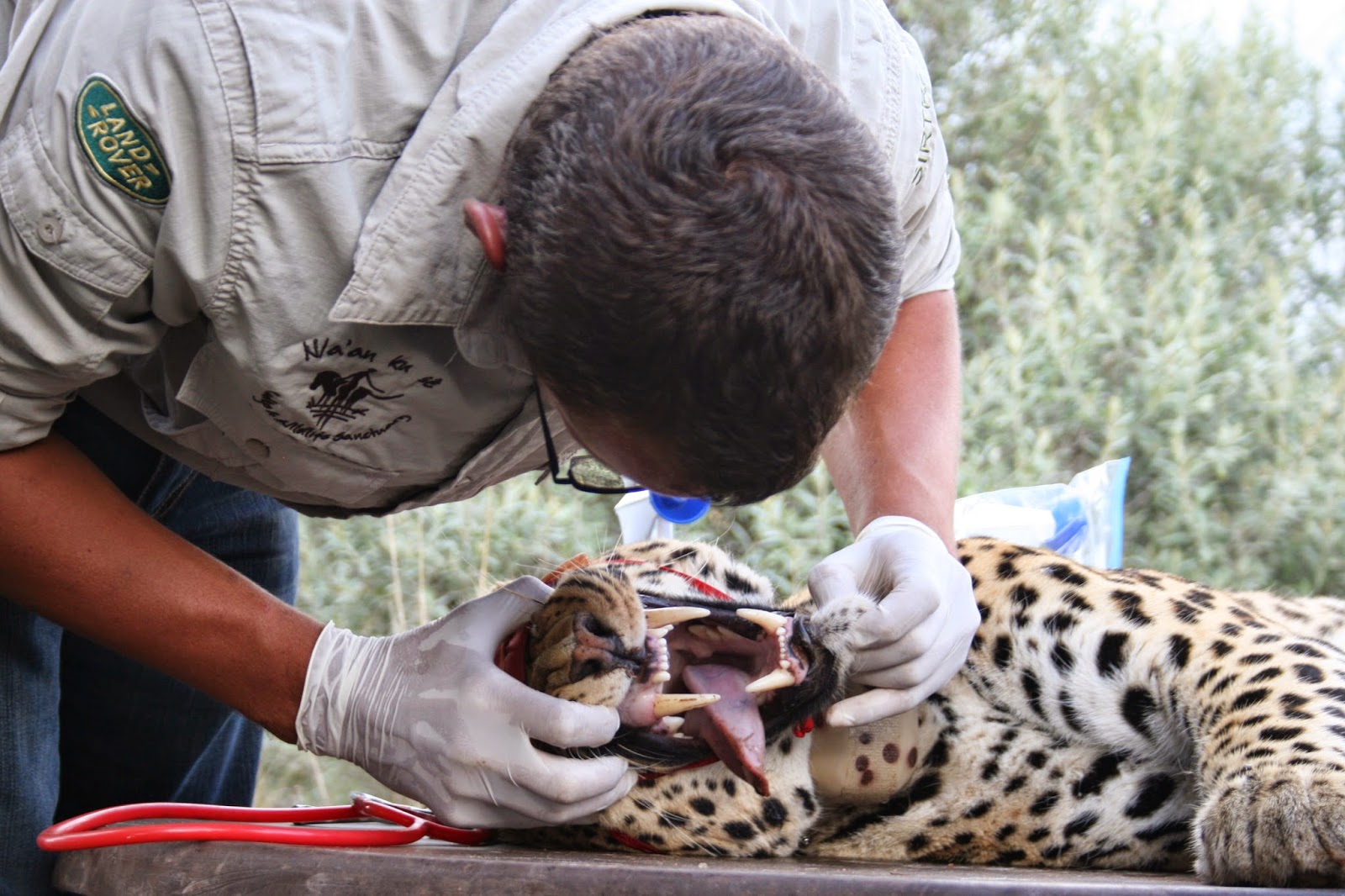Here, Florian, a PhD student working with Martin Jones and Caroline Bettridge in the CEB group, talks about his recent paper in PLoS ONE on the financial costs of Large Carnivore translocations. The paper provides the first detailed cost analysis of carnivore translocations and therefore will help conservation managers make better-informed decisions in the future, especially when budgeting for actions. The paper is open access here.
With increasing human populations and continuing habitat encroachment, active management of populations of large mammals such as the African big cats is becoming increasingly necessary. A former MMU graduate, Florian Weise, has spent the last 7 years in Namibia studying the conflict between large carnivores and commercial livestock farmers. Namibia still supports healthy free-ranging predator populations and most individuals live outside of formally protected areas on private ranch lands. As a result of persistent conflict on these ranches, dozens (if not hundreds) of large carnivores were haphazardly relocated within the country in the past. However, very little monitoring was carried out and the relocation 'strategy' became more and more controversial. At a wider scale, thousands of large carnivores are translocated throughout Africa each year, with little consideration to cost-effectiveness, and overall efficacy.
 |
| Conflict leopard Pp06 caught in a live-trap after killing 12 cattle calves in less than 2 months (Photo: Florian Weise) |
 |
| Medical examination of a conflict leopard prior to translocation. The male was moved over 350km and hunted an adult Mountain zebra less than 9 hours after release (Photo: Stuart Munro). |
 |
|
Release of study leopard Pp15. The leopard went on to raise
a litter of two cubs which were born only 8 months after release (Photo: Tanja Laschinger).
|
The article shows that translocations are costly to undertake, i.e. approximately 6,900USD for every successful cheetah and about 3,200USD per a successful leopard, thus limiting the number of translocations that can be carried out on conservation budgets. The single biggest cost element was tracking technology (56%), i.e. fitting released animals with modern VHF and GPS collars. These, however, are necessary to determine whether the relocation was successful or not. Captive time in a rehabilitation centre (for example for confiscated or injured predators) and release mode (either hard release without acclimatisation, or soft release from a specialised holding pen) also influence translocation costs significantly.
 |
| When things go wrong – dead study cheetah after trying to defend its first prey against a spotted hyena (Photo: Florian Weise) |
The paper demonstrates that there are very case-specific elements that impact on overall costs, related to specific management considerations such as translocation distance. Surprisingly, the study provides evidence that translocation as a conflict management strategy is not inherently more expensive than other non-lethal techniques currently employed. The article concludes that the most important consideration to be made before translocation is the selection of appropriate candidate animals. For example, in this study none of the five orphaned, habituated cheetahs survived year one after release, despite being the five most-expensive individuals altogether. Conversely, leopards were far cheaper to translocate and almost twice as successful as cheetahs.
 |
|
Florian and an assistant locating released cheetahs via
VHF-telemetry in the vast landscapes of south-western Namibia (Photo: Cristina Armesto)
|
This study was supported by the National Geographic Big Cats Initiative, Chester Zoo, Colchester Zoo, SPOTS Foundation, Bank Windhoek, IDEA WILD, Sea World and Busch Gardens, Land Rover SA, Windhoek Animal Hospital as well as many private individuals.
Florian carried out his research as the principal investigator for the N/a'an ku se Carnivore Conservation Research Project in Namibia; www.naankuse.com


